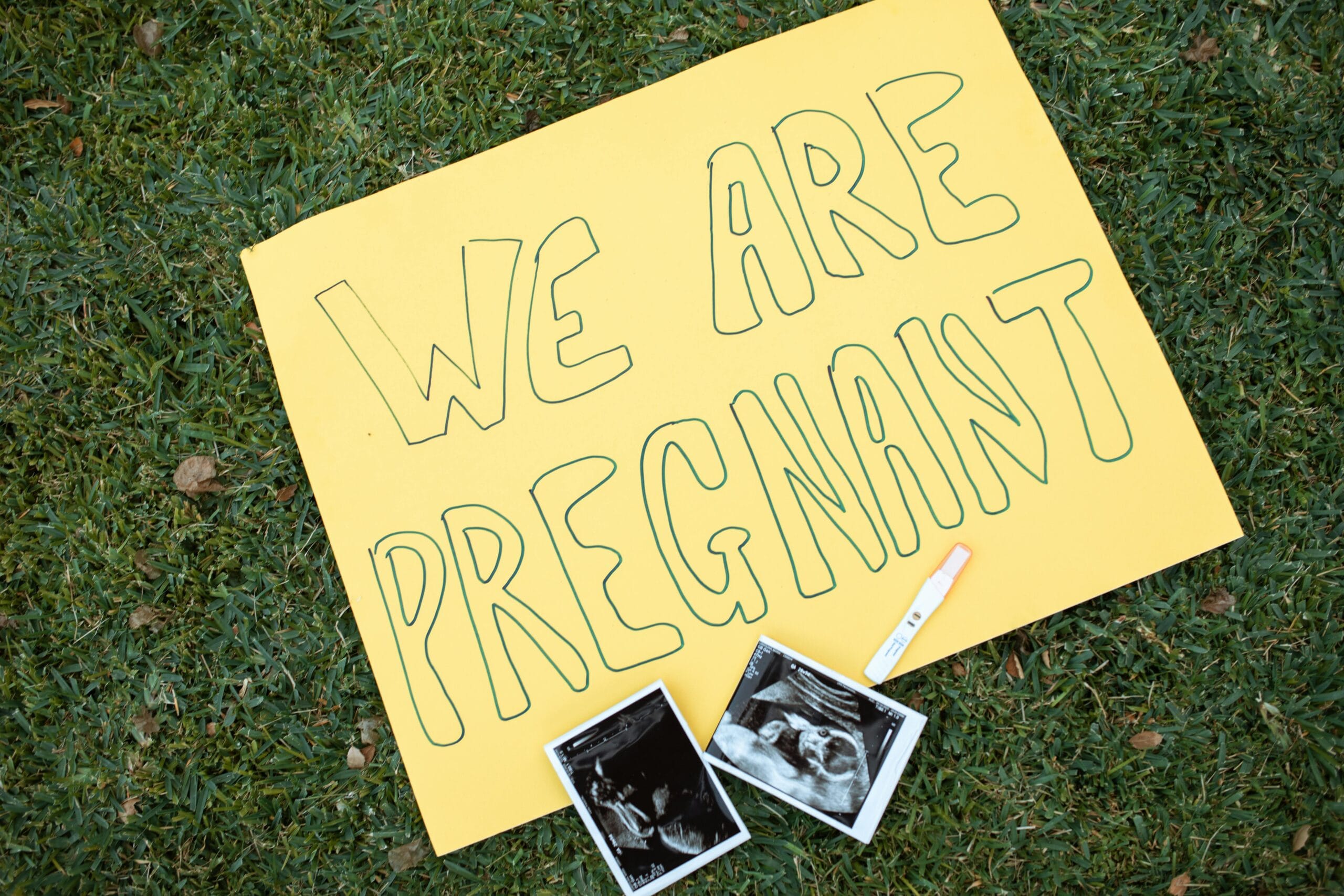Pregnancy is an extraordinary process that takes about 40 weeks and can be divided into three terms. In this period women endure many stages and signs which indicate all the changes that are taking place in their body. In the upcoming sections of this article, we shall discuss the steps of pregnancy and the usual signs associated with each step.
First Trimester (Weeks 1-12)
The first set of three months is the first trimester, and many people believe that it is the most important stage for the formation of a child. During this time all the major growth in the baby takes place and all the future vital organs as well as systems are mapped out.
Symptoms in the First Trimester
Morning Sickness: Nausea with or without vomiting most of the time happens in the morning but can occur at any time of the day.
Fatigue: During early pregnancy, there can be hormonal changes that result to body fatigue.
Breast Tenderness: Breast changes are also attributes of hormonal imbalance; women may experience sore and swollen bosoms.
Frequent Urination: Kidneys are responsible for regulating the release of water from our body and their blood supply will be higher due to blood flow, as well as a growing uterus puts pressure on the bladder at times creating frequent urination.
Mood Swings: Mood swings may also result from hormonal changes that occur in emotions as women progress through each menstrual cycle.
The second trimester of pregnancy level is the period between the 13th and the 26th week.
The second trimester is the ‘honeymoon’ time because most of the participants noted that they had heard about or experienced relief from some or most of the early symptoms, including nausea and fatigue. In this stage, the baby also grows quickly and many women start to look pregnant and have their baby bulging out.
Symptoms in the Second Trimester:
Increased Energy: This is because, many women feel more energetic as morning sickness diminshes.
Stretch Marks: Stretching of the skin may be experienced when the belly is growing to contain the developing baby.
Round Ligament Pain: As the uterus enlarges, there may be sharp or mild pain on the side of the lower abdomen.
Heartburn and Indigestion: This is because the uterus expands and may apply pressure on the wall of the stomach to cause acid reflux.
Baby Movements: However, during weeks 18 to 20 most Pregnancy mothers are able to experience the movement of the baby , which is referred as quickening.
Third Trimester (Weeks 27-40)
The third trimester can be referred to as the last few weeks before the baby is to be born in the world. During this stage fetal growth is slightly slower but all organs are developed and the baby is preparing for birth.
Symptoms in the Third Trimester:
Shortness of Breath: This may lead to the pressure of the expanding uterus to the diaphragm thus limiting the attempt at deeper breathing.
Swelling: Some side effects include: oedema of the lower extremities, Pregnancy face and/or upper extremities caused by fluid retention.
Back Pain: Finally, as the baby develops more weight and changes position, one can easily develop back pains.
Frequent Braxton Hicks Contractions: These are ‘practice’ contractions which may be a sensation likened to the feeling of a tightening of the abdominal wall.
Difficulty Sleeping: Getting to sleep is a problem when one experiences discomfort and feels the need to urinate frequently, when one is anxious.
Labor and Delivery
The external signs of labour may start to appear at the Pregnancy end of the third trimester including the rupture of membranes or contracting. Labour can take anything between several hours and more than 24 hours, and during labour the cervix is fully dilated and the baby is pushed out.
Conclusion
Every cycle of pregnancy has its symptoms and sometimes may cause discomforts to the woman but are all processes in creating of a new born baby. That is why everybody particularly expectant mothers should familiarize themselves with these stages and symptoms so as to lead healthy pregnant lives. To overcome any odds in this processes, it is advisable to seek the services of a healthcare provider often after some few months from the time of conception with the aim of making sure that both the mother and the baby are well t attenuationly cared for.



